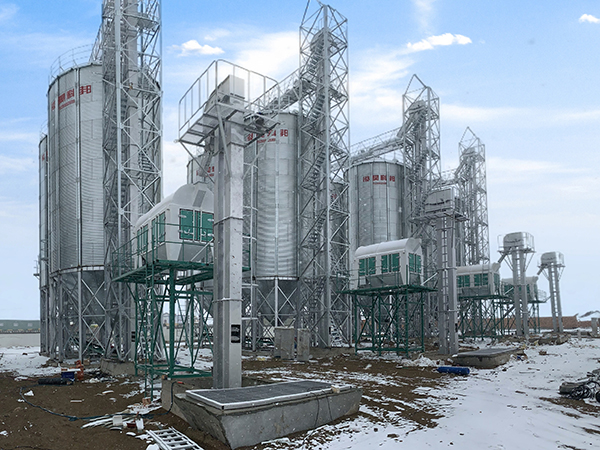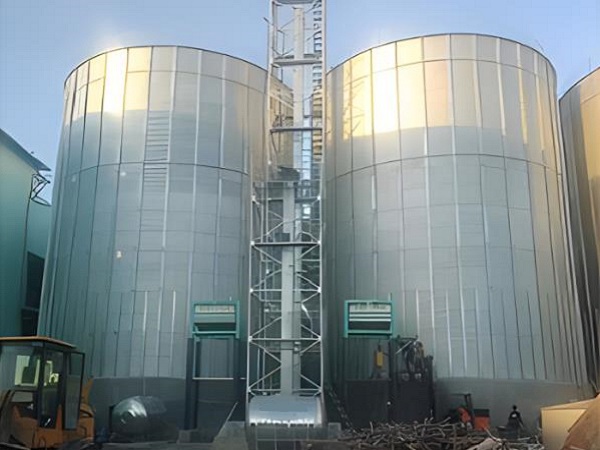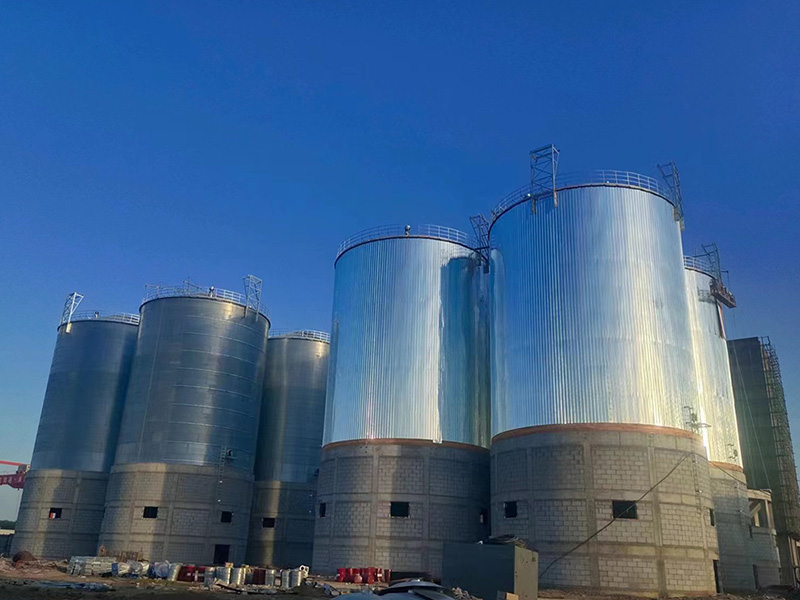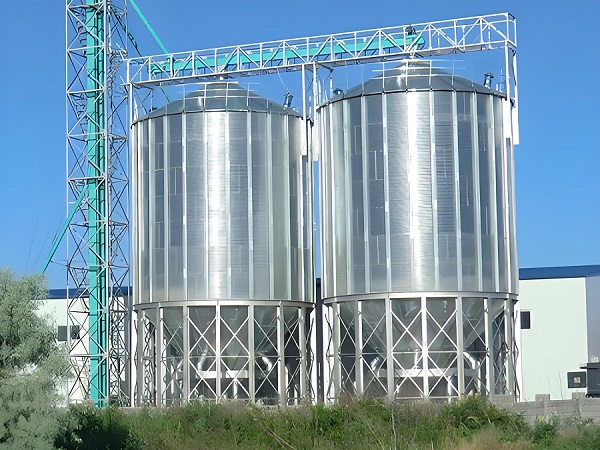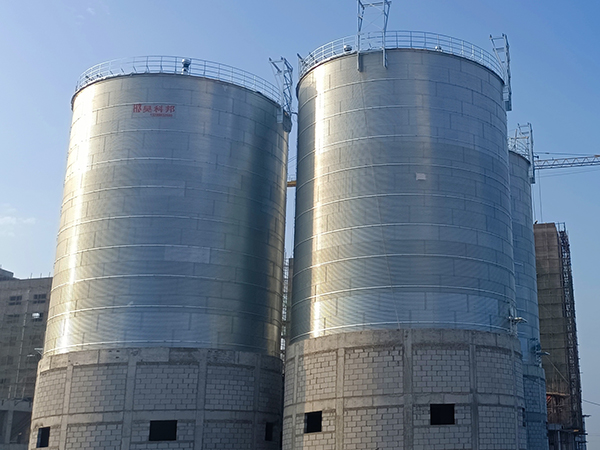100-Ton Steel Silo in Uganda
Background
Uganda, located in East Africa, is known for its rich agricultural resources and is often referred to as the “Pearl of Africa.” With its economy largely based on agriculture, the demand for efficient and reliable storage solutions for agricultural products has been steadily increasing. To address this need, a project was initiated to install a 100-ton steel silo in a key agricultural region in Uganda. This project aimed to enhance the storage capacity and management of grains, thereby supporting the agricultural sector’s growth and stability.

Project Overview
The primary objective of this project was to construct and install a 100-ton steel silo, designed to provide robust and secure storage for various grains. Located in a prominent grain-producing area, the silo would play a critical role in minimizing post-harvest losses and ensuring food security. To ensure the project’s success, a team of experienced engineers was brought in to guide the installation process on-site.
Design and Preparation
At the onset of the project, the engineering team conducted a comprehensive site survey to understand the local conditions and specific requirements. Given Uganda’s climate and soil characteristics, the design of the 100-ton steel silo needed to emphasize durability, moisture resistance, and stability. The engineering team meticulously planned the foundation and structural design to ensure the silo could withstand the environmental conditions and the weight of the stored grain.
The engineers collaborated closely with local stakeholders and construction teams, conducting multiple technical discussions to finalize the design. The selection of materials was critical, with a focus on high-quality, galvanized steel to prevent corrosion and extend the silo’s lifespan. All materials underwent rigorous quality checks to comply with international standards.
Installation Process
The installation process began with the construction of a solid foundation. The foundation was laid using reinforced concrete to provide a stable base for the 100-ton steel silo. The team ensured accurate soil leveling and compaction to avoid future foundation settling or movement.
Once the foundation was completed, the focus shifted to assembling the steel silo. The silo’s components, including steel panels, support beams, and connection joints, were carefully positioned and assembled. The engineering team provided continuous on-site guidance, ensuring that each step of the installation followed the design specifications and quality standards.
Welding was a crucial part of the assembly process. The team employed advanced welding techniques to ensure strong and seamless joints. To maintain the integrity of the 100-ton steel silo, each weld was inspected for quality and durability. The engineers also paid special attention to the alignment and fastening of the steel panels to prevent any structural weaknesses.
Ventilation and Moisture Control
Given Uganda’s humid climate, the installation of effective ventilation and moisture control systems was essential. The engineering team designed and installed a sophisticated ventilation system to regulate the temperature and humidity levels within the silo. This system featured vents and fans for air movement and moisture control, key to preserving grain quality.
The silo was also equipped with moisture-resistant coatings and seals to further protect against humidity and potential water ingress. These measures were critical in ensuring the longevity of the 100-ton steel silo and the safety of the stored grain.

Quality Control and Testing
Throughout the installation process, stringent quality control measures were in place. Each phase of construction, from the foundation to the final assembly, underwent thorough inspections and testing. The welding quality was verified using non-destructive testing methods, and the structural integrity of the silo was assessed through load testing.
The ventilation and moisture control systems were also tested to ensure they operated effectively under various conditions. These comprehensive quality checks were essential to guarantee that the 100-ton steel silo met all design and safety standards.
Training and Knowledge Transfer
An important aspect of the project was the training and knowledge transfer to the local construction teams and technicians. The engineers conducted several training sessions to impart best practices in steel silo construction and maintenance. This hands-on training guaranteed the successful completion of the ongoing project. Furthermore, it provided local teams with essential skills and knowledge, enabling them to handle similar projects in the future.
Outcomes and Impact
The successful installation of the 100-ton steel silo significantly enhanced the grain storage capacity in the region. The robust and secure storage solution helped reduce post-harvest losses, improve grain quality, and support the livelihoods of local farmers. The project also demonstrated the effectiveness of modern storage technologies in addressing agricultural challenges in Uganda.
Additionally, the collaboration between the engineering team and local stakeholders fostered a sense of community and shared purpose. The project became a blueprint for future infrastructure, demonstrating the advantages of merging local know-how with global standards.
Conclusion
The installation of the 100-ton steel silo in Uganda was a testament to the power of collaboration and innovation. Through meticulous planning, quality control, and on-site guidance, the project achieved its goal of providing a reliable and efficient storage solution. This case highlights the importance of investing in modern agricultural infrastructure to support food security and economic growth in developing regions. The knowledge and experience from this project will pave the way for future advancements in grain storage and mgmt.


